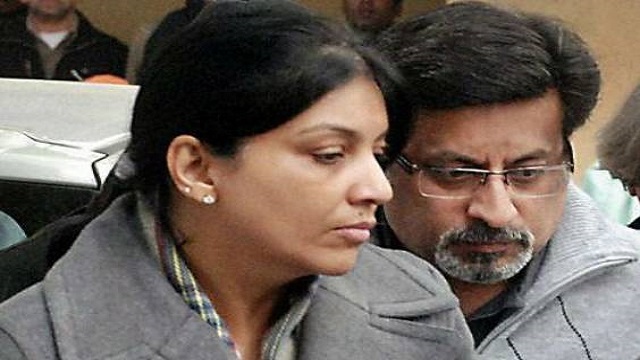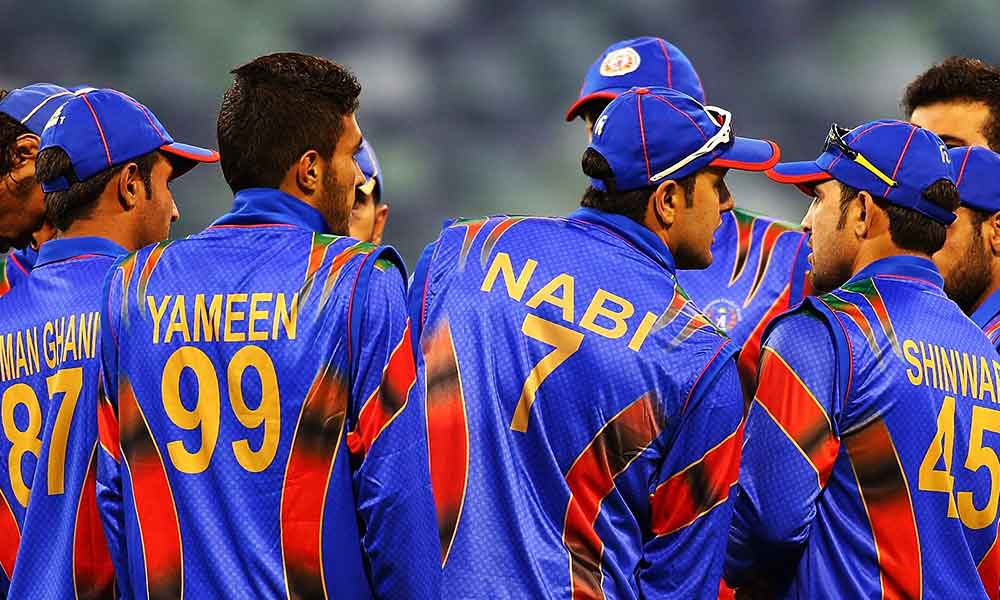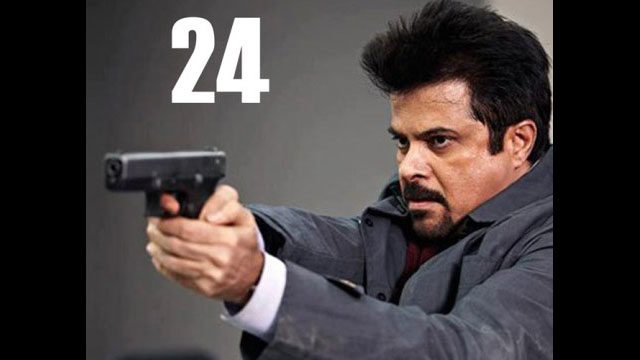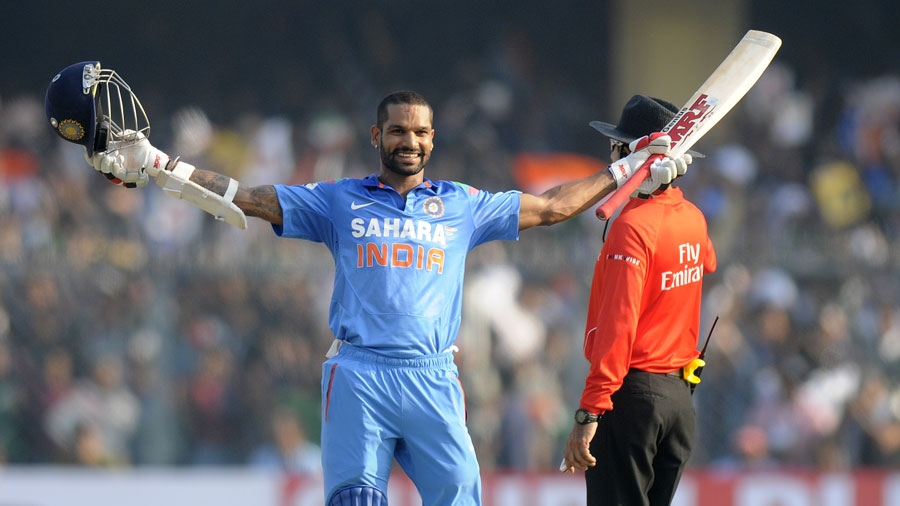The case hinges around the actions and statements of many characters but no witness. Here is how the court reached a verdict on the basis of circumstantial evidence.
The Aarushi-Hemraj murder case reached its verdict when CBI special court Judge Shyam Lal decided the case on circumstances. Perhaps for the first time in the history of Indian judicial system, a case was decided on the basis of circumstantial evidence in the lack of conclusive evidence.
When Judge Lal sentenced the Talwar couple – Nupur and Rajesh – for the murder of their teenage daughter Aarushi and domestic help Hemraj committed five and a half years ago, the kith and kin of Talwars called it a miscarriage of justice. But a careful reading of the order in the case is bound to make people think twice before crying foul as the logic given in it makes the case very clear.
The case hinges around the actions and statements of many characters. But there are no witnesses. Yet Judge Lal was able to refine the important points of the case which lead to the conviction of Aarushi’s parents.
Here are such characters which were helpful in deciding the fate of the case:
Pawan Kumar
Constable Pawan Kumar, posted at sector 25 chowki, was the first policeman to reach the crime scene after a guard of Jalvayu Vihar came to the chowki saying a “murder has taken place at L-32.”
Kumar told the court that when he reached Talwar household at 6:45 am in the morning, “The front door was locked from the inside, and Rajesh Talwar came to the door when I rang the bell. When I saw the room in which the body was kept, I saw that the victim’s throat was slit. There was a white sheet over her body, but her face was uncovered. The behaviour of the family seemed normal but worried. It is wrong to say that members of the family were crying when I was at the house.”
AGL Kaul
Kaul took over investigations in September 2009 and treated Rajesh Talwar and Nupur Talwar as the prime accused. In December 2010, however, filed a closure report where he said that while Rajesh Talwar was the prime accused, there was not enough evidence for the CBI to file a chargesheet. However, in February 2011, a Ghaziabad court rejected the closure report and decried that there was enough evidence for a case. It directed that Rajesh and Nupur Talwar be tried for the murder of their daughter Aarushi and domestic aide Hemraj in the intervening night of May 15 and 16, 2008.
Kaul told court that during his investigations he found that the murders could not have been committed by an outsider, and Rajesh and Nupur Talwar were guilty of the crime. He further said that the crime scene had been dressed up, “The bed on which Aarushi’s body was found did not have a single crease on it. There was no stream of blood from the cut on Aarushi’s neck, and there was a spot of wetness on the sheet that covered her. Hemraj’s body on the terrace was covered with a panel and the terrace door was locked from the side leading to the stairs.” He added that the weapon which caused similar injuries to the heads of Aarushi and Hemraj was a golf club. “A set of golf sticks were sent to CFSL New Delhi for forensic analysis which found that two golf sticks were cleaner than the others. One of the golf sticks matched the wounds on the two victims. I had identified the golf sticks during my questioning of Rajesh Talwar’s driver who had said that he had put these two golf sticks in Hemraj’s room,” he told court.
He also told court that while he wanted to frame charges, “seniors in the CBI” advised against it, which is why he eventually filed a closure report.
Bharti Mandal
Bharti Mandal is the maid employed by Rajesh and Nupur Talwar. She is the most important part of the story as her account decided the fate of Talwars mostly.
Bharti told court that she found the outer grill door shut when she came to Talwar’s house. “It was only after I rang the bell for the third time that Aunty (Nupur Talwar) came to the wooden door, which is some feet away, and spoke to me through that. She told me that Hemraj must have gone to fetch milk and locked the door from outside. I asked if she had the keys, and she said she would throw them down from a balcony. When I stood below the balcony, she said the door must be open and just latched. I asked her to throw down the keys anyway so that I would not have to climb down again (if it was locked). But when I went back to the main grill door, it opened without any key. I then opened the latch to the second grill door which is adjacent to the wooden door and went inside,” she said.
Bharti also told court that in the time it took for her to enter the home again, Nupur seemed to have discovered the body and put a sheet over the body. “I thought that robbers must have come into the house because they were crying. When I asked Aunty why she was crying, she held me, started crying and said ‘Come inside and see what has happened’. She took me to Aarushi’s room. I stood outside. She removed the bedsheet covering Aarushi, and showed me that her throat was slit. I got scared. Aunty again said ‘Look what Hemraj has done’,” Bharti told court.
Dattaram Nauneria
Nauneria was the first investigating officer in the case and the Station House Officer of the Noida sector 20 police station, the relevant police station. It was under him that the Noida Police conducted its investigation, and received flak for the lack of care in preserving evidence. There were no restrictions placed on movement of people in both crime scenes, the bedroom and the terrace, where Hemraj’s body was found a day later.
Nauneria told court in September 2012 that there was no grief on the faces of the Talwar family. Also told court that Rajesh Talwar hesitated in identifying Hemraj and the body was only recognised by two other people. He told court that it seemed a water cooler panel was used to try and hide Hemraj’s body on the roof. This panel became one of the basis for the addition of the charge of destruction of evidence against Rajesh and Nupur Talwar.
In his cross examination, he admitted that the panel had never been seized.
Also revealed that on May 16, he went upstairs and found blood on the lock of the terrace door, but didn’t break it open, ostensibly because a ‘mechanic’ couldn’t be found.
BK Mahapatra
Senior biologist with the CFSL. Mahapatra was crucial to the CBI’s case, as he examined several of the important exhibits recovered from the crime scene. This includes pillow and pillow covers received from Aarushi’s room, a Ballantine scotch bottle as well as other evidence collected from the roof of the Jalvayu Vihar flat.
In August 2012, Mahapatra told court that there was evidence of male DNA that had been found on Aarushi Talwar’s pillow and pillow cover. He also told court that the bloodstains on the Ballantine scotch bottle were had both male and female DNA. The partial DNA match, also matches with DNA found in Aarushi’s bedroom as well as a partial bloodstained palm print taken from the terrace. However, Mahapatra’s role was not to identify the DNA as that fell under the purview of scientists from CDFD, Hyderabad.
SPR Prasad
Senior technical Examiner with CDFD Hyderabad. He spoke to court on the identification of DNA from samples. Also played a role in shedding light on the pivotal “mix up” of pillow and pillow covers. A CDFD report had said that Hemraj’s blood had been found on a pillow and pillow cover reportedly from Krishna’s room. After a clarification request from the CBI, the CDFD had then responded saying that there had been a “typographical error” and the blood recovered was indeed from Hemraj’s room.
Prasad told court in November 2012, Aarushi’s DNA did not match the vaginal swabs sent to CDFD, Hyderabad. Also told court that only Aarushi’s DNA was found from exhibits in her room.
Dr Naresh Raj and Dr Sunil Dohre
Dr Raj conducted the post mortem on Hemraj. Dr Naresh Raj said that the injuries on the neck of Hemraj were made by a surgically trained person. This was corroborated by Dr Sunil Dohre, who assisted him in the post mortem, and had conducted Aarushi’s post mortem. Both doctors told court that the injuries on the head were identical as well. Also said that Hemraj’s private part seemed swollen, indicating that he was killed either when he was in the middle of intercourse, or preparing for it.





